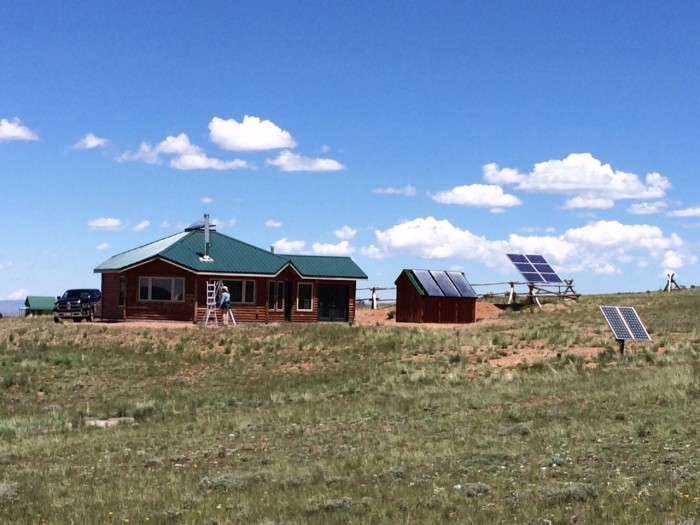The first week of September was a rather busy one, beginning with the announcement by the Subcomission on Quaternary Stratigraphy’s Working Group on the Anthropocene (AWG), reporting their vote for the onset of the Anthropocene Epoch. In their report to the International Union of Geological Sciences (IUGS), the Working Group favored the nuclear fallout of 1950s as a defining moment, though only one of several candidates that must still be considered before the designation of type location for the Anthropocene’s golden spike. A “golden spike” is a physical marker for the lower boundary of a geologic period, as defined by a Global Boundary Stratotype Section and Point (GSSP), which must be specified by a unit of the International Commission on Stratigraphy. So, the AWG must decide what signal demonstrates most clearly and continuously the reality of anthropogenic dominance on the geologic processes of the planet. Most often, this is done by designation of a type fossil; in the case of the Anthropocene, a leading candidate is the domestic chicken. Just think about that one: dinosaurs have literally come home to roost…
Read More “Present Progressive?: Of Cell Phones and Energy Transitions in the Anthropocene”
